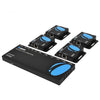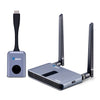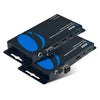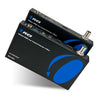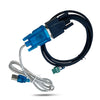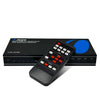
Setting up a home theater can be a rewarding experience, especially when you love watching a variety of content. An HDMI switch is a valuable tool that simplifies the way you connect multiple devices to a single display. With an HDMI switch, you can effortlessly switch between devices like gaming consoles, streaming devices, and Blu-ray players without the hassle of constantly plugging and unplugging cables.
In this article, we’ll be discussing the benefits of using an HDMI switch for home theaters and see what might be the best HDMI switch for your setup.
1. Simplifying Device Management
One of the biggest challenges in managing a home theater is dealing with the constant need to switch HDMI cables between devices. Each time you want to move from playing a game to watching a movie or streaming a show, you find yourself fumbling with cables behind the TV. An HDMI multi-port switch eliminates this headache by allowing multiple devices to remain plugged in at the same time. With a simple press of a button, you can change inputs and switch between connected devices without having to swap cables.
A good HDMI switch allows you to connect several devices to a single display, keeping everything neatly organized. Most switches come with remote control functionality, giving you the ability to switch devices from the comfort of your couch. You’ll no longer need to get up and manually change the input source on your TV. Whether you're switching from your gaming console to your Blu-ray player or from your streaming device to your cable box, an HDMI switch makes the process quick and convenient.
2. Reducing Cable Clutter

If you've ever looked behind your TV or entertainment center, you know how quickly HDMI cables can pile up. As you add more devices to your home theater, the mess of cables becomes harder to manage. This is not just an eyesore; it can also lead to confusion when you need to identify which device is plugged into which HDMI port. With an AV switcher, you can significantly reduce cable clutter.
By using an HDMI switch for home theater, you only need one HDMI cable running from the switch to your TV. All your other devices remain plugged into the switch, cutting down on the number of cables directly connected to your display. This makes the setup more organized and easier to troubleshoot if any issues arise. Should you ever need to swap out a device or reconnect something, you'll know exactly where each device is connected without having to dig through a tangle of wires.
Remember, a well-organized setup isn't just about aesthetics. By reducing the number of cables directly connected to your TV, you’re also extending the life of your HDMI ports. Frequent plugging and unplugging of devices can wear down these ports over time, but with a switch, your devices stay plugged in, and your TV ports remain protected.
3. Seamless Switching Between Devices
An HDMI switch doesn’t just simplify your setup — it also improves the overall user experience by making it easier to transition between devices. With a single press on your remote, you can switch from watching a movie to playing a game without having to fiddle with cables or navigate complex input settings. The process is smooth and quick, meaning you won’t experience any interruption in your entertainment.
A good HDMI switch is designed to maintain the integrity of both the video and audio signals during the switch. This means that even when switching between devices that use different resolutions or audio formats, the switch adapts and ensures you receive the best possible performance on your display. The best HDMI switches support 4K resolution, HDR, and surround sound, making them ideal for high-end home theater setups. If you’re streaming a 4K movie one minute and playing a 1080p video game the next, the switch seamlessly adjusts without any noticeable lag or degradation in quality.
For gamers, an HDMI switch is especially useful. With the increasing number of gaming consoles and media devices available, it’s not uncommon for home theaters to have multiple devices competing for TV access. A switch lets you keep all your consoles plugged in at once, so you can easily switch between gaming systems without ever having to move cables or mess with input settings.
4. Enhancing Your Audio Experience
One often overlooked benefit of an HDMI switch is its ability to handle audio alongside video. In a home theater setup, the quality of your audio is just as important as your video. Whether you're watching a movie, streaming music, or playing video games, you want your sound system to perform at its best. Many switches are designed to pass through advanced audio formats like Dolby Atmos and DTS, ensuring that your surround sound system delivers rich, immersive sound.
By using an HDMI switch that supports these audio formats, you can connect all your devices — from your streaming box to your game console — and enjoy high-quality sound without needing separate audio cables for each device. This adds to the simplicity and neatness of your setup while ensuring you don’t compromise on audio performance.
The Recommended HDMI Switch for Home Theaters
When it comes to choosing an HDMI switch for home theaters, always go with one that’s capable of supporting all your devices. Whether you need a 4K-capable switch with eARC features, or an 4-port switch that can connect all of your home entertainment devices, OREI’s selection of switches is designed to cater to all of your home theater needs. All our switches come with features that enhance ease of use and improve cable management, and offer exceptional performance and reliability.
| Product | 8K 2x1 Switch | 8K 2x1 Switch w/ Audio out | 4K 4x1 Switch w/ ARC | 8K 4x1 Switch | 8K 4x1 Switch w/ eARC |
|---|---|---|---|---|---|
| Image | 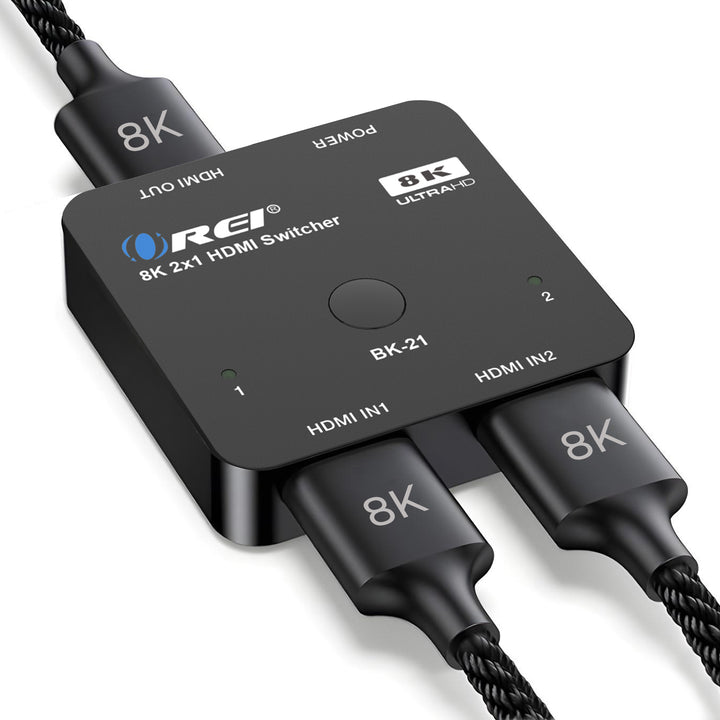 |
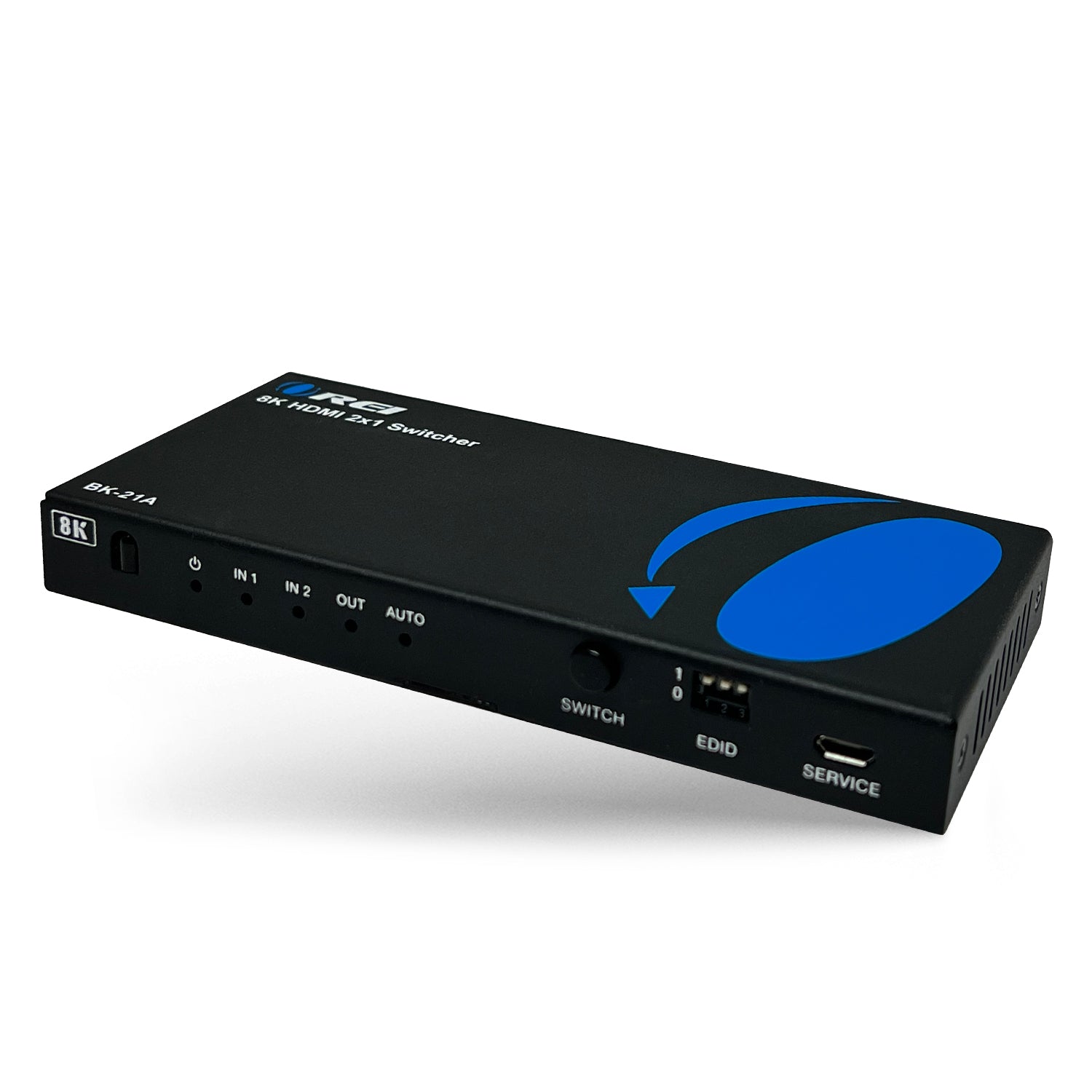 |
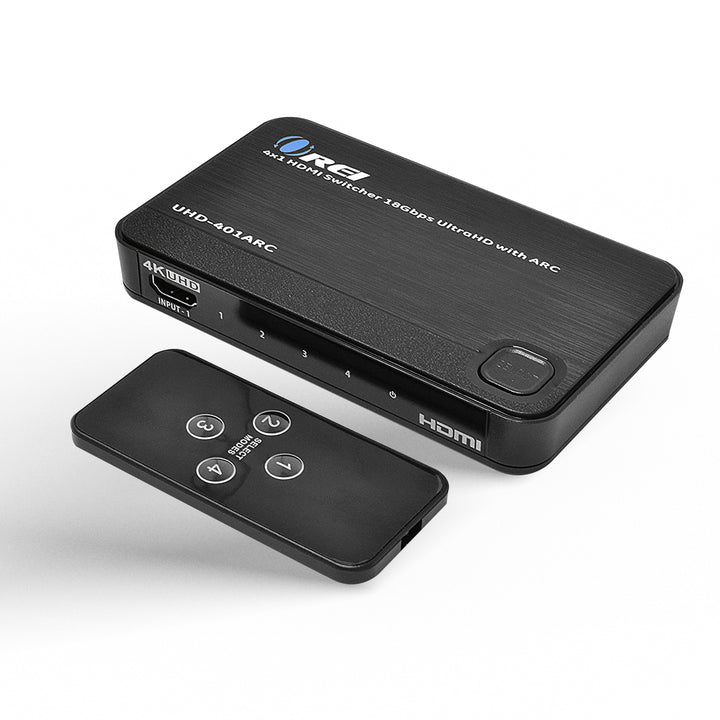 |
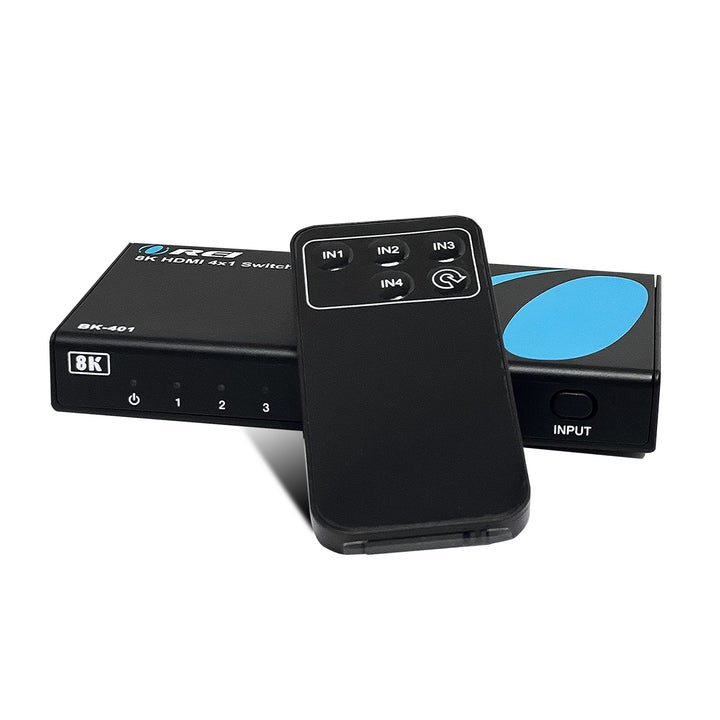 |
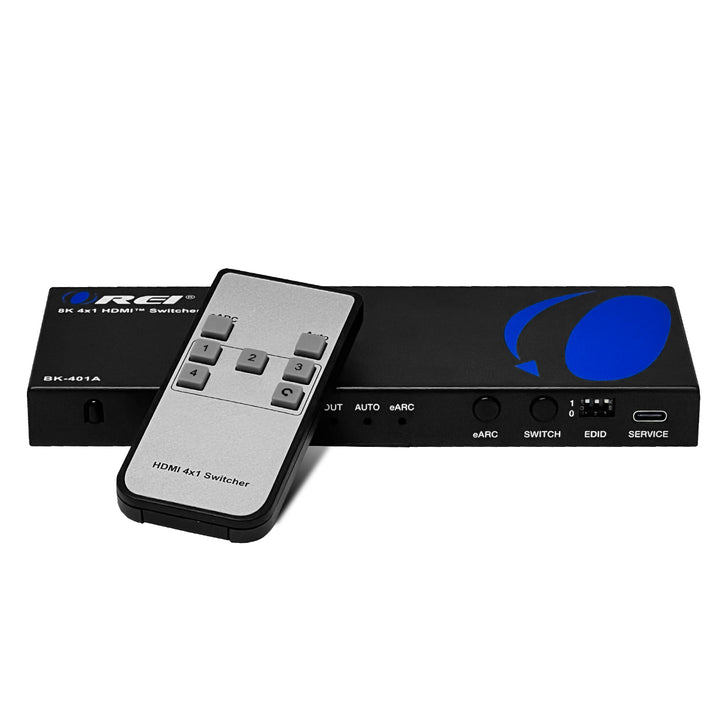 |
| Model | BK-21 | BK-21A | UHD-401ARC | BK-401 | BK-401ARC |
| Resolution | upto 8K@60Hz | upto 8K@60Hz | upto 4K@60Hz | upto 8K@60Hz | upto 8K@60Hz |
| Additional features | VRR, FVA, ALLM and Automatic switching | VRR, FVA, ALLM, EDID, Automatic switching | HDMI ARC passthrough | VRR, FVA, ALLM, Automatic switching | VRR, ALLM, QMS, QFT, SBTM, CEC, EDID and HDMI eARC passthrough |
| Audio Extraction | N/A | Optical and L/R out | N/A | N/A | Optical and L/R out |
| HDMI compliance | HDMI 2.1 | HDMI 2.1 | HDMI 2.0 | HDMI 2.1 | HDMI 2.1 |
To get started on building the best home theater, visit our shop today and explore our range of HDMI switches. All our products include the information you need to make a proper decision, as well as sample applications, technical specifications, and customer reviews.
For more tips and insights on enhancing your home entertainment system, we invite you to check out our blog for more related articles.


